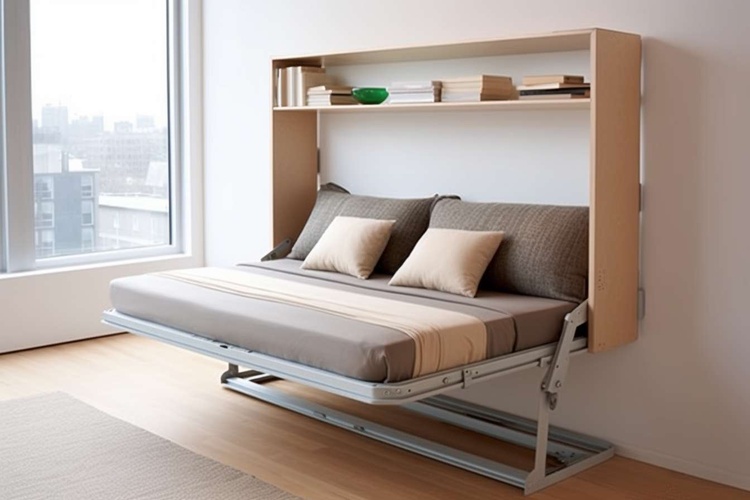Reimagining Space: The Rise of Multifunctional Rooms in Modern Homes
Introduction: In the ever-evolving landscape of interior design, the concept of multifunctional rooms has emerged as a solution to many homeowners' space and functionality issues. This approach allows a single room to serve multiple purposes, creating efficient and adaptable living spaces. From home offices that double as guest bedrooms to kitchens that transform into entertainment hubs, this article explores the trend and its impact on modern living.

A Brief History of Multifunctional Rooms
The concept of multifunctional rooms isn’t entirely new. In fact, it harks back to the one-room dwellings of our ancestors where cooking, sleeping, and socializing all happened in the same space. However, during the industrial revolution, the notion of “a room for every function” took hold, leading to the separation of spaces such as living rooms, dining rooms, and bedrooms.
In recent decades, as urban living spaces shrink and lifestyles change, the trend of multifunctional rooms has resurfaced. This resurgence can be attributed to the rise of open-plan living, remote working trends, and a growing desire for flexible, personalized spaces.
The Modern Spin on Multifunctional Rooms
Today’s multifunctional rooms are thoughtfully designed to adapt to our multifaceted lives. For instance, a home office might seamlessly transform into a guest room, thanks to a cleverly concealed Murphy bed. Or a kitchen island could double as a dining table or even a workspace.
One of the most significant drivers of this trend is the rise of remote work. As more people work from home, there’s a need for spaces that can accommodate both professional duties and personal relaxation. This has sparked creative solutions, such as using room dividers, multipurpose furniture, and innovative storage solutions.
Practicality and Impact on Daily Living
Multifunctional rooms offer several practical benefits. They make optimal use of available space, making them ideal for small apartments or houses. They also allow for greater flexibility, as the purpose of a room can be altered to suit changing needs.
Moreover, these rooms can enhance daily living by creating a more fluid, adaptable environment. For instance, having a home office that doubles as a playroom allows parents to keep an eye on their children while they work. Similarly, a living room that transforms into a home cinema can make movie nights more immersive.
The Future of Multifunctional Rooms
The trend of multifunctional rooms is poised to grow even more prominent in the future. As urban populations increase and living spaces shrink, homeowners and designers will need to find innovative ways to maximize space and functionality. Moreover, as digital technology continues to advance, we can expect more smart, adaptable furniture and home accessories that further facilitate this trend.
Closing Thoughts
In a world where space is a premium and our lives are increasingly multifaceted, multifunctional rooms offer a practical and stylish solution. They represent a return to our roots, where spaces were shared and adaptable, while also pointing towards a future where homes are as flexible and dynamic as our lifestyles. Through good design and a bit of creativity, we can create homes that truly work for us, reflecting not just who we are, but how we live.





